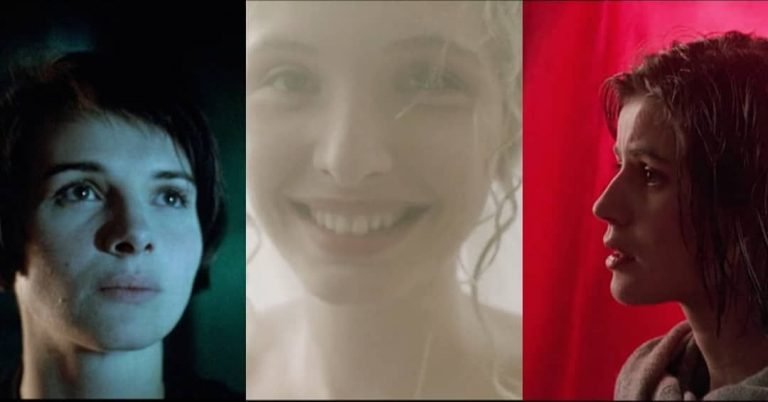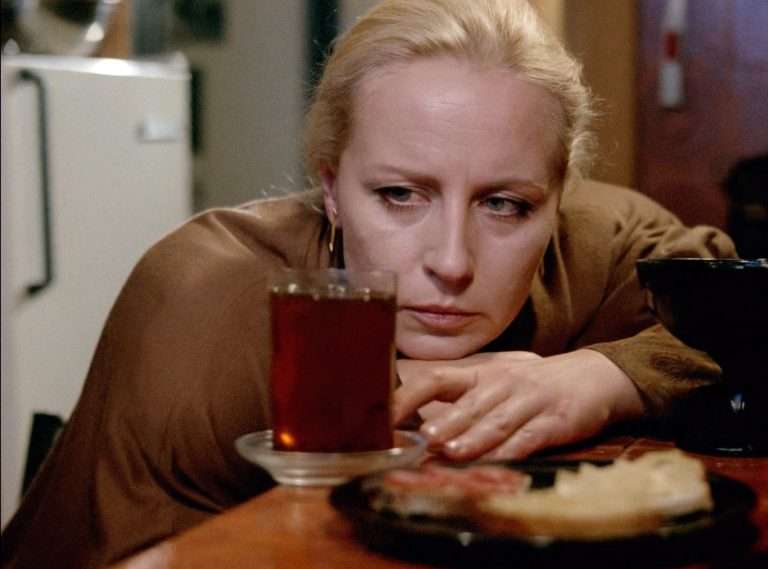Intimacy is a raw construct of the human mind that, from its inception, decides our behaviour towards the one who is going to complement it. Like every other species, human beings are in search of partner/s who can bear, understand, and work on the intensity of their intimacy. People either give up on the search due to moral, societal, and a few archaic reasons, since it is always exhaustive for the seeker, or they simply lead their lives with this search acting as their driving force. It can be both catastrophic and comforting for any individual, as anything that does not follow a particular rule or procedure is likely to terrorize and tantalize the human body and mind.
“Queer” by Luca Guadagnino, adapted from William S. Burroughs’ novella (1985) by the same name, is about a man’s search for passion and intimacy with another man. Both William S. Burroughs and Luca Guadagnino are exemplary in their art of exploring desire with rank frankness and insight. However, when a text shifts from one form to another, it does necessitate a certain redoing to make it perform in the adapted medium. The constraints of the new medium need to be considered, as does the sensitivity of the person adapting the text to a new format. This essay essentially tries to do two things: firstly, it tries to explore how desire is presented and operates in both the narrative and cinematic text, and secondly, it tries to comparatively analyse how the two representations function, whether the change in format in retelling the story alters its fabric.
William Lee in the Novella and Its Adaptation
In the book, William Lee is a raw heroin addict whose stature is short and whose body language is not purely American. His desire is more spiritual and intellectual. William Lee, played by Daniel Craig, is an American soldier and immigrant who walks the city of Mexico in the 1950s to live his identity fully, without any bars. Daniel is tall, his body language is free, and absolutely American.
In the film, his abusive and racist attitude becomes evident when his patriotism overpowers his senses in shady homosexual bars or during the post-sex conversations. But in the book, the same comes out of frustration and longing. The politics in Lee’s mind is written without overpowering his dark humour. Showcasing the notorious and nasty side of human beings has always been a matter of criticism for those who have read Burroughs.
The director did not shy away from showing the dark side of the protagonist either, but the frames and form of acting that Daniel pursues in the film outshines the horrid behaviour of Burroughs’ character sketch in his book. Both in the book and the film, William Lee comes out as an imperfect individual, and unlike a fantasy or a feel-good film, in “Queer,” we get to witness the needs and cravings of a flawed character. Burroughs’ focus was not on the fight of the LGBTQ+ community, although Guadagnino actively builds on the fight of the community using this adaptation.
William’s checkered past makes his sexual orientation interesting and attractive to the audience. The book and the film, in general, trigger a statement. In most societies, soldiers are perceived as strong, unemotional individuals (a stereotypical strength), and their breakdown is often attributed to some complexity or disorder. Society overlooks their sensitive side, and hence, they also choose to cut the emotion down.
In the book, when William talks about ‘killing a cargador in pulqueria’, he is either hiding his feminine side or he is being blunt before his friend. The same happens in the film when he negates the opinions of other queers towards having a normative, monotonous life. William’s migration to Mexico is a result of the general perception of American citizens towards the soldiers who protect them. Burroughs uses Lee’s deliberate ignorance in the book, but in the film, the director works on ignorance using the protagonist’s body, its language, and variation.
Must Check Out: All Luca Guadagnino Movies (Including Queer) Ranked From Worst to Best
In a city where no one knows him and his past, judgment would be the last thing he would have to keep in mind. Sexual orientation and its realization in a man are always associated with his feminine side. William’s drive towards having a lover who understands his desire shows the side that dissociates him from the identity of a ‘strong man’. His wide-legged posture, reluctance, and curiosity in identifying a lover in a crowd, and the way his body reacts to touch, are an open demonstration of his femininity.
So, when he makes love to a random man, he allows the man to lead his body that needs answers. William S. Burroughs did not write Lee to seek answers through his orientation. He works on the desire that comes with the orientation with a graphic notoriety. But the film loosely unties the strings of queers where desire oozes the same questions, but the answers are different. Thus, when Lee is seeking answers, Daniel delivers a tinge of reluctance.
Eugene Allerton in the Film
Eugene Allerton, played by Drew Starkey, is also an expat and migrated to Mexico to thrive in an isolation that does not bother anyone. But his clean and confident demeanour informs the audience about his inner realization and acceptance of what he wants. He is not disturbed and fickle like William. He walks with an average pace and refrains from hiding behind layers of clothing.
A simple T-shirt and formal cotton trousers give the idea of owning his true self. But his behaviour and anatomical changes contradict his clothing style. His cross-legged posture hides from others who he really is on the inside. This is visible in the scenes where William tries to approach Eugene, and the latter is busy making a move towards a woman. Eugene’s character is similar to the blazers of William’s. One is a fabric of the outer dimension. The other is a creation of the inner persona. Eugene has a different kind of curiosity. It develops based on observation and not out of sheer craving. So, in the entire movie, we never see Eugene expressing any opinion.
Eugene Allerton in the Book
Burroughs writes Allerton in a manner where he is mighty and brave. He is written as a confident individual, but the conversations he engages in have the references of an ill temperament. His inner rage is exhibited in the book after a conversation between him and Lee. Due to his conditioned habit of living life on his own terms and a surreal mystery, he is not aware of the possibilities of his personality.
Burroughs has been kind towards Allerton, knowing he carries William Lee towards the conclusion. So, one can easily say that, like most of Burroughs’ stories, due to the intention and nature of the characters, any one of them could be considered as the protagonist. Unlike the film, in the book, Allerton solidifies the objective of what the writer must produce through this dark tale of romance. The text work has multiple focal lenses with multiple images.
The Sexual Tension in the Film
William and Eugene’s impatience and sexual tension toward each other can be assessed by the camera angle in the first half of the movie. We get to see how the camera shows both characters from the ground. An upward projection of the camera in filmmaking builds chaos and tension. Cinematographer Sayombhu Mukdeeprom adds several frames inspired by the shots of John Alcott. A long shot where the screen converges after twelve frames is a trademark of Stanley Kubrick’s films. It is not wrong to share inspirations.
Rather resharing of inspirations helps the new-age audience develop a hybrid of new and old school cinematography. Daniel Craig’s conversational craft is unlike most of his movies. He brings the Stanislavski system of acting, where the lips move less, but the tone of the voice remains the same. This is something we get to watch in Marlon Brando or even Dilip Kumar. It is for this reason only that in “Queer,” Daniel expresses his ideas from a physical spectrum. It is also a proper representation of change and how physical it is.
Cormac McCarthy’s novels have characters who represent dominance, and the attire William wears is heavily inspired by the protagonist of “All the Pretty Horses.” Most country characters in novels and movies have a dominant approach towards life, and William makes a clever contradiction between his real self and the one he presents before the rest of the world. This contrast is explicit, too, but one must swim against the tide to understand it. Shots become more impactful when contradictions leave a better imprint than a united amalgamate.
After William and Eugene become comfortable in each other’s company, they both decide to make love in William’s apartment. Eugene has a black shirt on his body when he lies down on the bed, which gives us an indication that he is a stranger to the room. But William dons a white shirt, which blends with the white bedsheet and shows us his familiarity with the room. The opposite happens at the end of the movie, which evidently portrays the act of surrendering that grows in him in the company of Eugene. These are subtle changes that become important in the long run to understand a film’s subtexts.
The Sexual Tension in the Book
In the book, the sexual tension between William and Eugene is described through clothes and drinks. Sweat droplets falling down Eugene’s hands fill Lee with the image of war. In both love and war, we move towards the extreme, and Burroughs liberates himself by making the characters and their words a source of what can happen in the most extreme situations. He does the same as the director builds using the camera. Like a libertine, the writer manages to go beyond the body and explain the choices of both the characters; their desires are not just internal.
They want to explore the exterior world through the imagination of their hands running on their bodies. When Burroughs writes that Allerton has fewer expectations than Lee, he is simply coining dominance without being blunt about it. The notoriety of the writer gets undermined, and the readers meet someone who knows that the writer is aware of how to tone down the graphic images into something that’s serene. A change in the writer’s personality heightens the reach of the submission.
Similar Read: The Passions of Pedro Almodóvar
The writer brings tailoring into the book where he mentions the casual attire of Eugene and the tight coats and blazers of Lee. Casual attires often give us an idea of the freedom of the character, and here Eugene lives with no expectation from the outside world. His freedom has been written by keeping contentment in mind. The tight coats and blazers of Lee are associated with the notion that Lee wants to feed his body a strength that he desires from the outside world.
He is in search of freedom through curses, racist comments, and a man who can feed his mind and then his body. Lee’s constant need for a drink after exhaustion shows his obsession with getting out of the ‘so-called normal world’ to a place where he can make choices which can complement his desires. In the text, the writer keeps images that reveal an individual’s personality even when his physical body is out of focus. He leads us to a paradise where everyone is a sinner and all of them know they need to commit more sins to cherish its nectar. At the same time, they recognize how desperately they crave a physical abode in a lover.
We often ignore the way a person smokes in a movie. But the way a person holds a cigarette tells a lot about their psyche. In “Queer,” whenever William must light a cigarette, he lights it by not looking at the flame and takes a drag from the side of his lips. This is the revelation of avoidance and fear inside the protagonist. He avoids the company of queers who have nothing intellectual to offer. William exposes himself only when he feels comfortable in conversations. So, he lights a cigarette before those who drain his time. In Eugene’s company, only in vulnerable moments, he takes a cigarette between his lips. But there, he lights every piece by looking at the intensity of the flame.
This important subtext is necessary for a film that deals with intimacy because we do not have much in hand for a visual art that is poetic and layered. In one frame, William’s desire is overpowered by a bookshelf. In Nolan’s “The Dark Knight,” James Gordon, while conversing about an important issue with the mayor, sits before a bookshelf. Books are the best way for a filmmaker to keep the issue behind stories that the audience cannot easily unfold. Another important frame comes after the first lovemaking between William and Eugene; Sayombhu focuses the camera on the shoes of the former. This one shot demonstrates his past and present life because in both war (his past) and love (his present), we either take our shoes off or we simply cover them with mess.
Love, if it is not physical, is nothing but mere confusion, a knot that does not know how it got tangled and what it should do to have freedom. William and Eugene’s love, based on the somatic elements of nature and anatomy, becomes the axis around which they spin. In a scene where both the characters are lying down on two separate beds, William basks in the warmth of his lover’s back without touching even a tinge of his flesh. Here, the director gives us a visual of Michelangelo’s “The Creation of Adam,” and the frame displays how their love bloomed from the pores of their skin and their urge to remain in it. Desire is an emotion in which we want to take birth and lose our lives to death without parting ways. Its surrealism decimates the philosophy of realism.
“Queer” is poetry but told through a story that moves and keeps our eyes in constant motion. A story that reaches the core of identity and its complexities. But, at the same time, the film simplifies the orientation by presenting before us a romantic tragedy where love is just love and nothing else. It runs for more than two hours but keeps us hooked because love in itself is a thriller.
People die, hearts break, mind punches the gut, and breakdown happens. The film is a thrill ride to the bleeding hearts and a drama where characters age, cities grow, and souls travel only to let us know that in love, we are never constant, and our passion must stay alive even if it destroys us. It’s a heartbreaking tale that is delivered to the audience as fragments. A set of cookies for those who need to see what hunger really feels like. A lump of flesh for those who cherish physical romance.

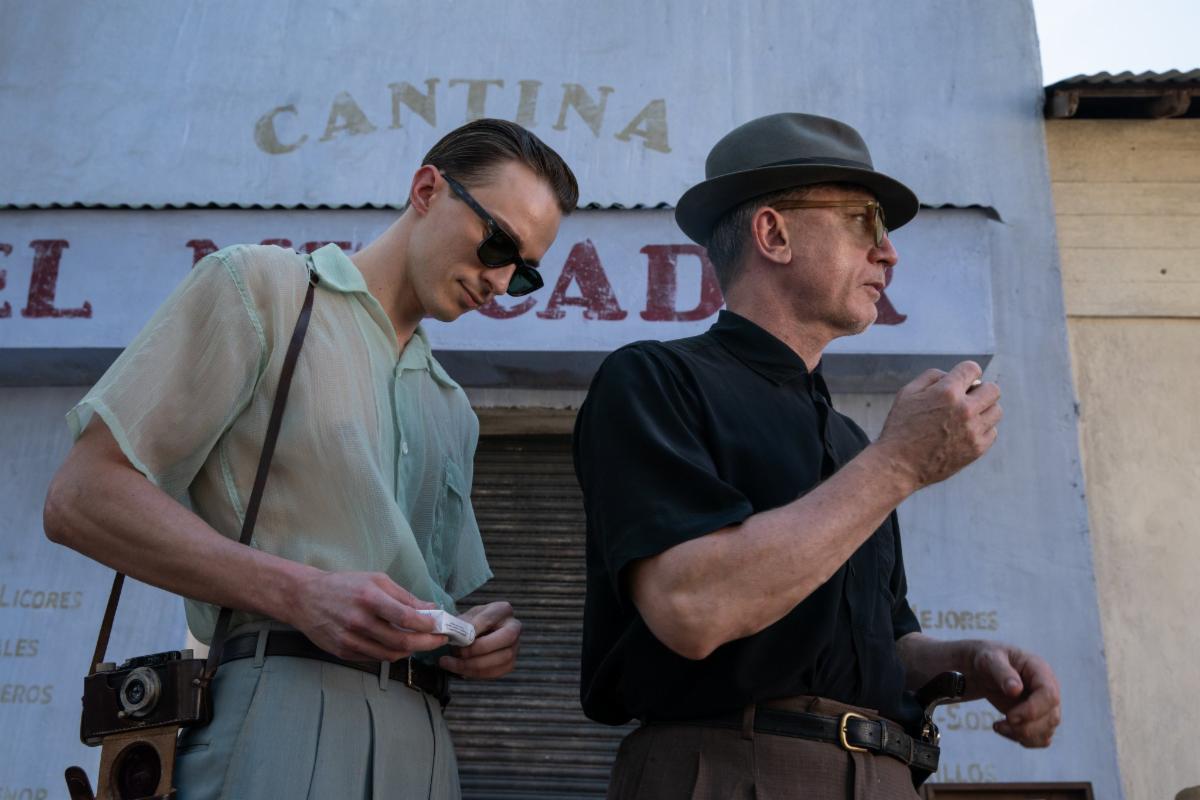
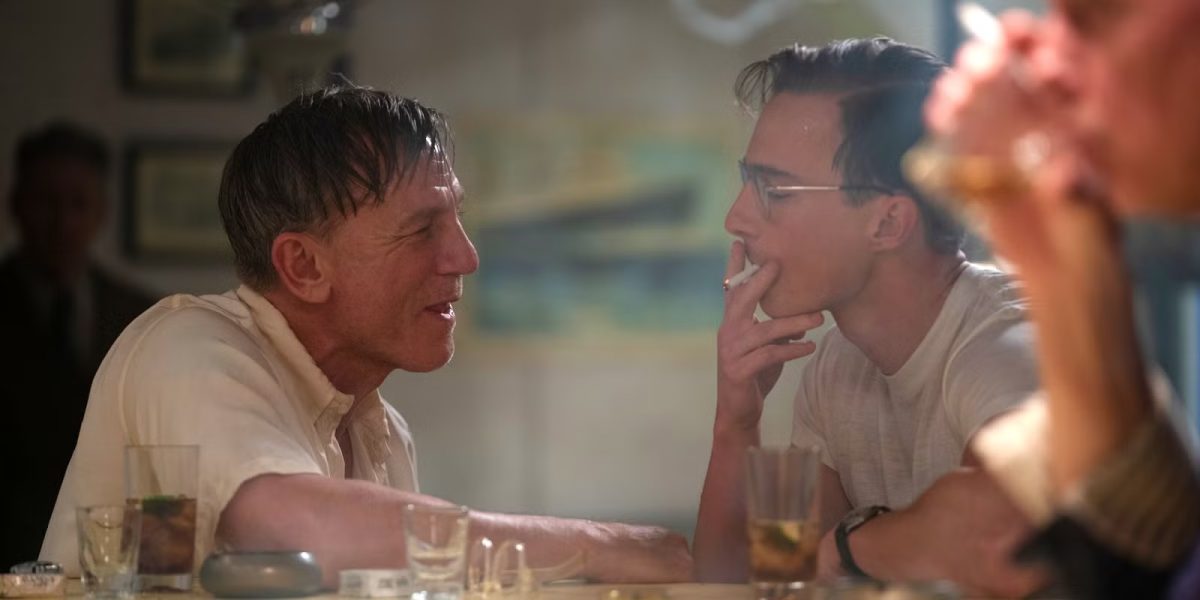
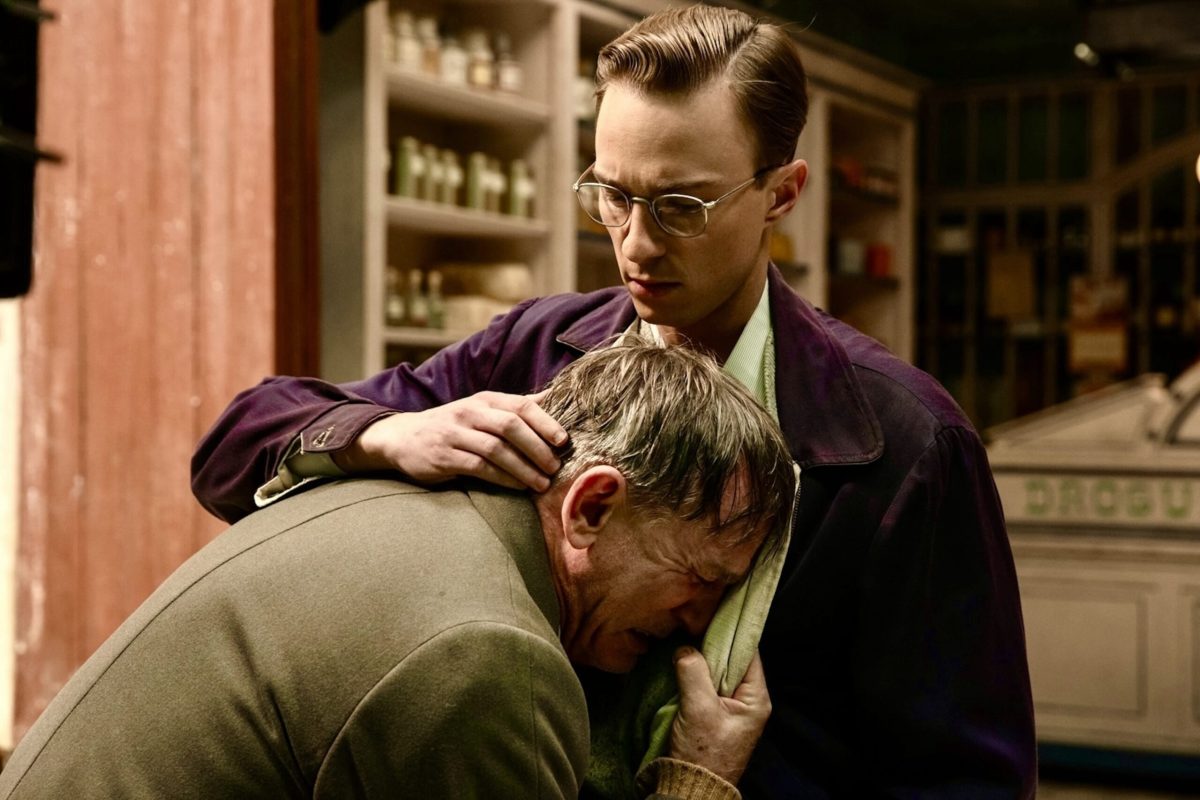
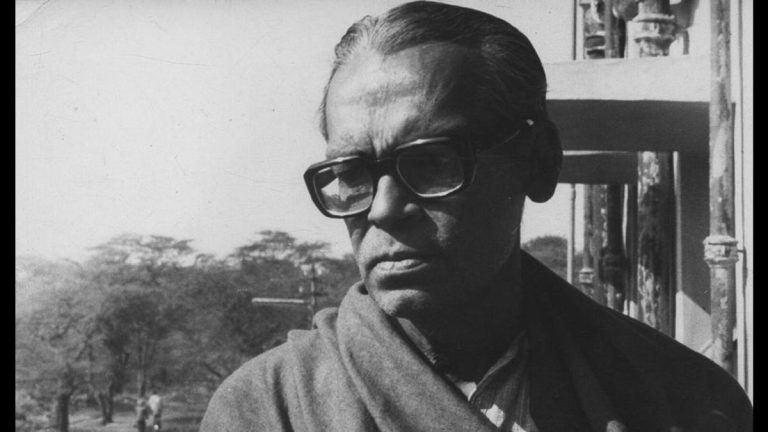
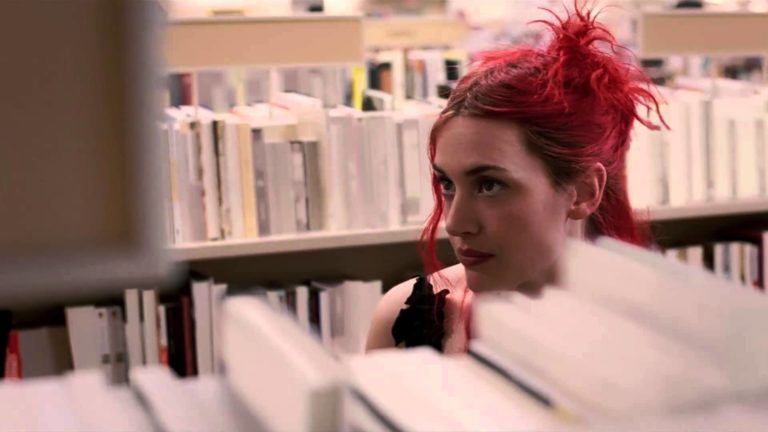
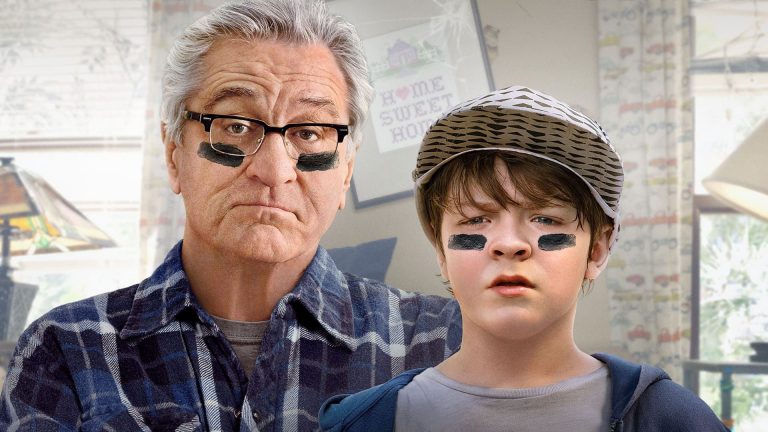
![Doubt [2008]: A Crisis of Faith Leads to a Dissection of the Nature of Certainty](https://79468c92.delivery.rocketcdn.me/wp-content/uploads/2022/03/Doubt-Essay-768x432.jpg)
